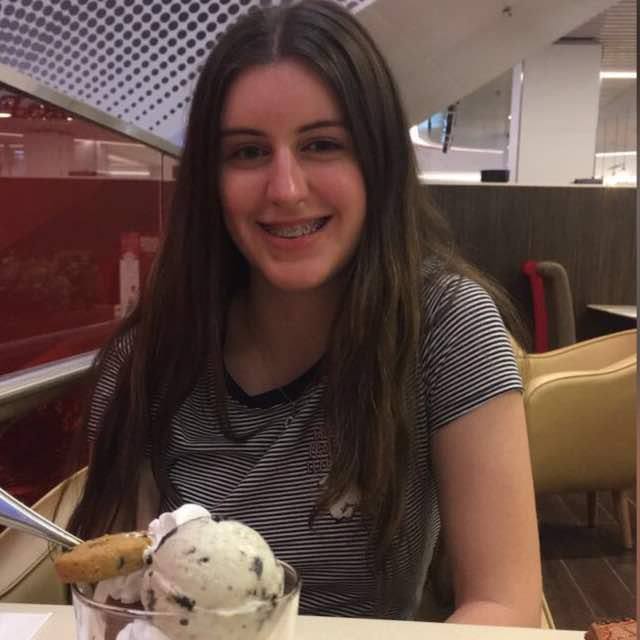
The world’s Largest Sharp Brain Virtual Experts Marketplace Just a click Away

Levels Tought:
Elementary,Middle School,High School,College,University,PHD
| Teaching Since: | Jul 2017 |
| Last Sign in: | 211 Weeks Ago, 6 Days Ago |
| Questions Answered: | 15833 |
| Tutorials Posted: | 15827 |
MBA,PHD, Juris Doctor
Strayer,Devery,Harvard University
Mar-1995 - Mar-2002
Manager Planning
WalMart
Mar-2001 - Feb-2009
1)Which statement is incorrect?
В
A)Any use of the keywordВ constВ is a promise to the compiler, and a request to the compiler to enforce the promise
B)The functions or data members declared in the private: section of a class can be accessed only in the definition of those functions declared in that class
C)A class may not have another class type object as a member.
D)The keywordВ staticВ is used in a static function declaration in a class but not in the function definition
В
2)Which statement is incorrect?
В
A)If we use an out of range index with an array, there will NOT be an error message from the compiler.
В
B)AВ staticВ variable of a class can be changed.
C)If we use an out of range index with a vector, there will NOT be an error message from the compiler.
В
D)Inline functions are always more efficient than noninline functions
3)Which of the following is NOT a legal access to the class or struct members? Assume each is outside of the class member definitions,
structВ SВ В В В В В В В В В classВ CВ В В В В В В В В В class D
{В В В В В В В В В В В В В В В В В {В В В В В В В В В В В В В В В В {
В intВ x;В В В В В В В В В В В В intВ x;В В В В В В В В В public:
В В intВ y;В В В В В В В В В В В В intВ y;В В В В В В В В В В В int x;
}В В В В В В В В В В В В В В В В В private:В В В В В В В В В В В int y;
SВ s;В В В В В В В В В В В В В В В В intВ z;В В В В В В В В В private:
В В В В В В В В В В В В В В В В В В };В В В В В В В В В В В В В В В В В int z;
В В В В В В В В В В В В В В В В В CВ c;В В В В В В В В В В В В В };
В В В В В В В В В В В В В В В В В В В В В В В В В В В В В В В В В В В D d;
В
A)d.x
B)s.x
C)d.y
D)c.x
В
4)Consider the class inheritance.
class B{
public:
В B();
В B(int nn);
В void f();
В void g();
private:
В int n;
};
В
class D: public B
{
public:
В D(int nn, float dd);
В В void h();
private:
В double d;
};
How manyВ privateВ members does an object ofВ class DВ have?
В
A)4
B)1
C)2
D)0
В
5)Which statement is incorrect?
В
A)If class D is derived from class B, then we say that class D inherits from class B.
В
B)If class D is derived from class B, we speak of D as the child class and B as the parent class.
В
C)If class D is derived from class B, we speak of D as the derived class and B as the base class.
В
D)If class D is derived from class B then class D has only some of the members from B, and the additional members defined in D.
В
6)A derived class object inherits all the members of the base class. Which of these remarks about the inherited member variables is incorrect?
В
A)Inherited members are need to be allocated memory and should be initialized at creation of a derived class object.
В
B)Inherited members’ memory allocation must be done by the base class constructor for the base class, which must be called.
В
C)Inherited members are not accessible to the derived class functions so can safely be ignored
В
D)The base class constructor is the most convenient place to initialize these inherited variables.
В
7)Which method is NOT used to find th root of an equation?
A)Bisection
B)Regula falsi
C)Trapezoidal rule
D)Secant
В
8)How many integration methods were explained in class?
A)4
B)2
C)1
D)3
В
9)Which numerical method was implemented in class?
A)Trapezoidal rule
B)Secant
C)Regula falsi
D)Simpson rule
В
10)What is required in order to find the root of a function by numerical methods?
A)The function value at the start of the interval and the function value at the end of the interval must be of opposite signs
B)The function value at the start of the interval and the function value at the end of the interval must be of the same sign
C)The number of iterations must be very large
D)The epsilon value must be very small

----------- В ----------- H-----------ell-----------o S-----------ir/-----------Mad-----------am ----------- Th-----------ank----------- yo-----------u f-----------or -----------you-----------r i-----------nte-----------res-----------t a-----------nd -----------buy-----------ing----------- my----------- po-----------ste-----------d s-----------olu-----------tio-----------n. -----------Ple-----------ase----------- pi-----------ng -----------me -----------on -----------cha-----------t I----------- am----------- on-----------lin-----------e o-----------r i-----------nbo-----------x m-----------e a----------- me-----------ssa-----------ge -----------I w-----------ill----------- be----------- qu-----------ick-----------ly